Shot during the Battle of Antietam, he remains RI's highest-ranking battle casualty
On Saturday, the Town of South Kingstown paid tribute to Civil War brigadier general and native son Isaac Peace Rodman. The ceremony took place in conjunction with the rededication of the Soldiers and Sailors Monument in Wakefield’s Riverside Cemetery.
This Rodman tribute and monument rededication was spearheaded by Sharon Henderson, Military projects chair for the South Kingstown 300th Anniversary. Secretary of State Gregg Amore was the keynote speaker.
Amore has a strong track record as a historian, having taught history and civics courses at East Providence High School for 27 years. He told The Journal, “Throughout his life, Isaac Rodman took on every one of those duties and responsibilities [of a citizen] with a steadfast commitment and dedication … and in doing so left his town, his state, and his nation better than he found them.”
Bloodiest day in US history
Rodman was mortally wounded at the Battle of Antietam on Sept. 17, 1862. This was the bloodiest single day in American military history; there were 23,000 casualties in about 12 hours of fighting.
Six generals died at Antietam, three Union and three Confederate. Perhaps the least likely military leader of these six was Rodman.
He was born Aug. 18, 1822, to textile manufacturer Samuel Rodman and his wife, Mary (Peckham) Rodman. His ancestors included members of South Kingstown’s most prominent families.
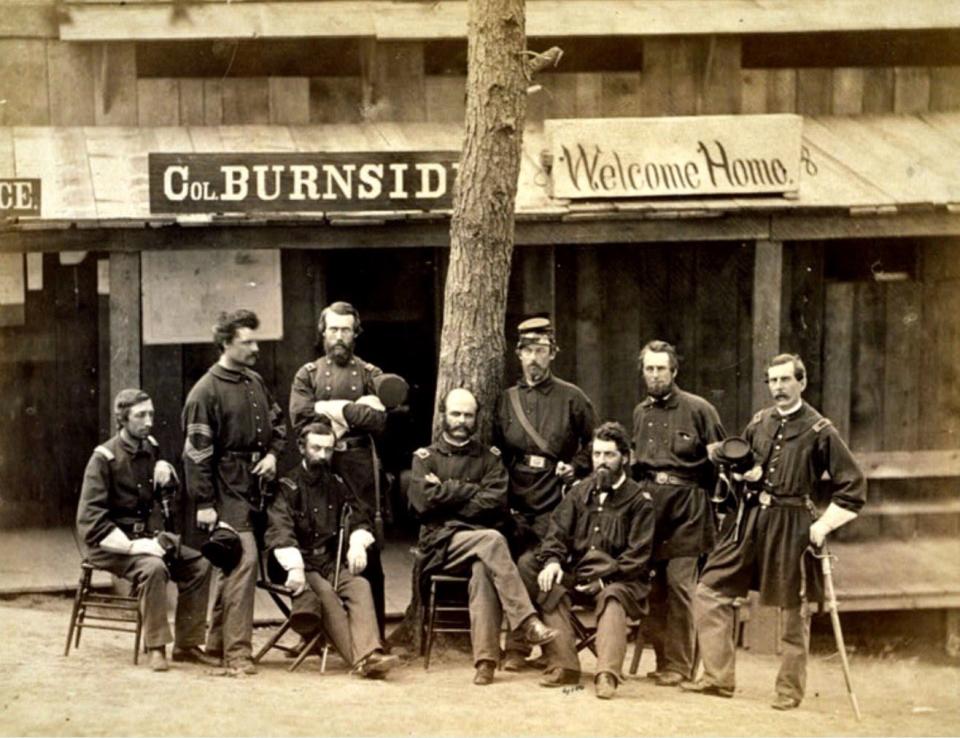
After attending local public schools, Isaac entered his father’s textile business. He served as president of the South Kingstown Town Council and was elected as both a state representative and senator.
Rodman’s military service begins
With war clouds looming, he petitioned the state in April 1861 to reestablish the Narragansett Guards, South Kingstown’s militia. Rodman raised a company composed of his fellow townsmen (many of them workers at his own mills). This unit became Company E of the 2nd Rhode Island Volunteer Infantry. Knowing how much these men respected him, Gov. William Sprague appointed Rodman as their captain.
In July 1861 the unit, known as “South Kingstown’s Own,” experienced its baptism by fire at Bull Run. Rodman was recognized for his bravery that day, and when the 4th Rhode Island Regiment was raised a few months later Sprague appointed him as colonel.
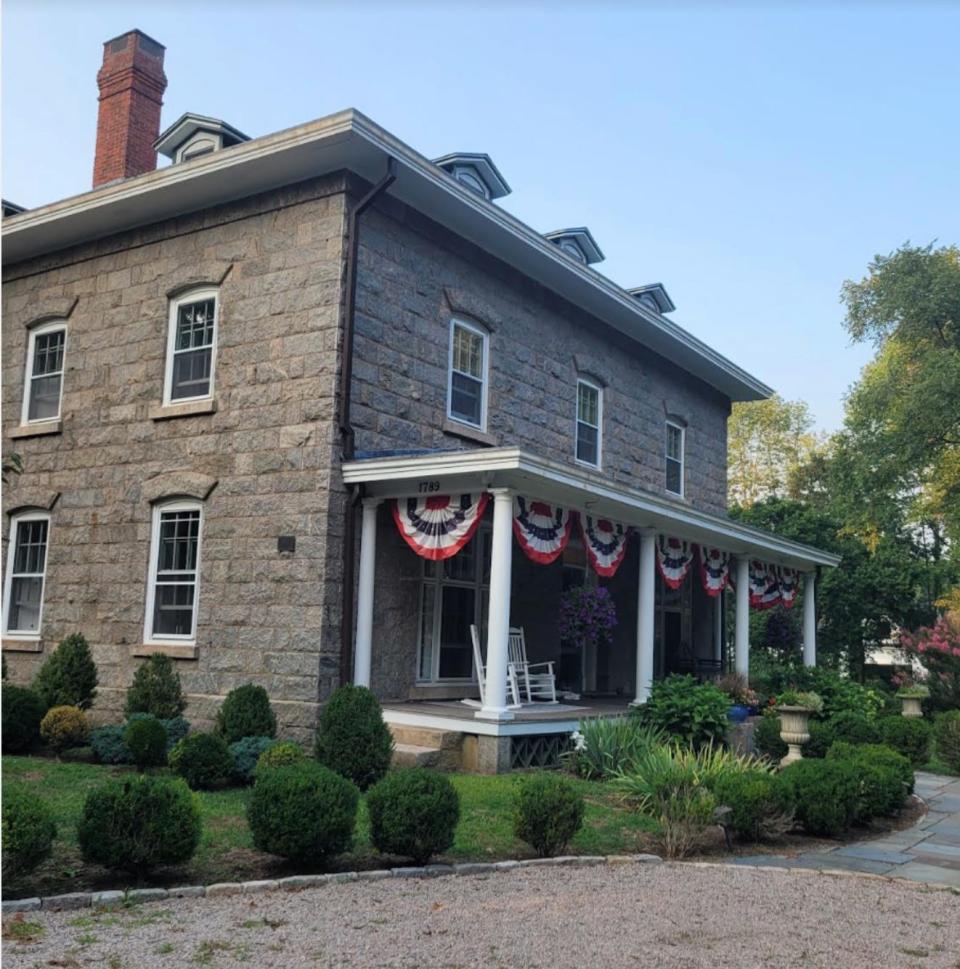
The 4th fought as part of Brig. Gen. Ambrose Burnside’s Ninth Corps at the battles of Roanoke Island and New Bern, North Carolina. Rodman won acclaim at New Bern; seeing an opportunity, he ordered a bayonet charge, stunning the Confederates and capturing a key position.
The biography for his 2003 induction into the R.I. Heritage Hall of Fame stated that “the charge by Colonel Rodman, leading the 4th Rhode Island Regiment, was one of the most heroic deeds” of the battle.
Shortly thereafter, Rodman was promoted to brigadier general. Sprague wrote privately in early 1862 that he was “the bravest man I ever knew.”
The beginning of the end
Rodman came down with typhoid fever and was sent home to Rhode Island to convalesce in April 1862. Chafing at being sidelined, a weakened Rodman cut short his medical leave and returned to the front in September.
Assuming command of the 3rd Division, Ninth Corps, Rodman led his troops toward Sharpsburg, Maryland, where they fought the battle known today as Antietam.
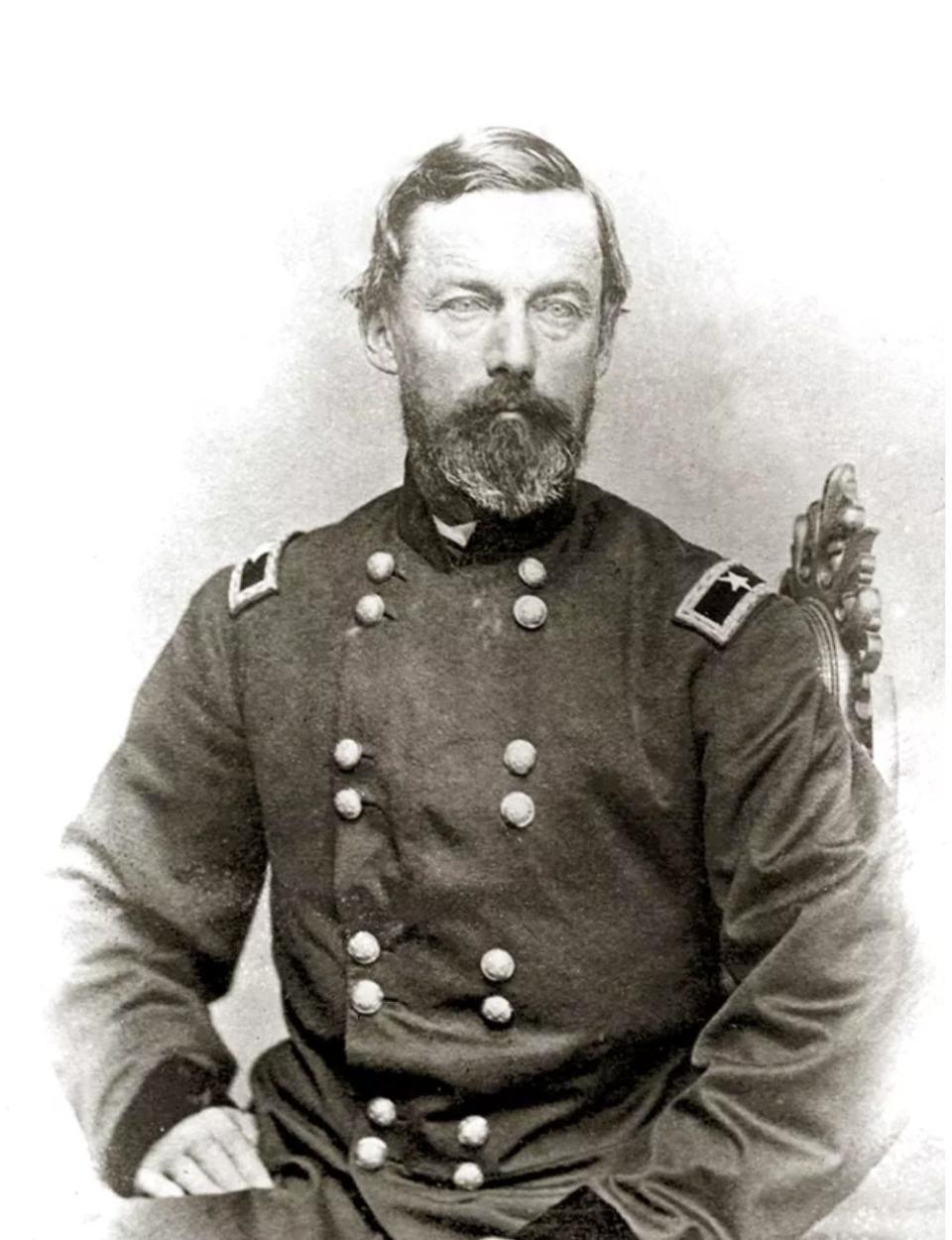
Late in the battle, Rodman’s division was at the far left end of the Union line. Burnside ordered him to outflank the rebels by taking his men downstream along Antietam Creek. It took a long time to find a place shallow enough to cross, and by then the element of surprise was lost. They did finally get into position to attack, but then General A.P. Hill’s Confederate division suddenly appeared on Rodman’s flank. Hill’s men had made a 15-mile forced march in hopes of saving the day for Gen. Robert E. Lee.
Rodman quickly recognized the threat. If he did not act decisively, his division was in danger of being overrun and rolled up.
As historian Christian McBurney wrote in his excellent biography of Rodman on the website smallstatebighistory.com, “The general gave an order that had worked before: for his men to charge the enemy with bayonets.”
Rodman led the charge on horseback, wielding his saber above his head. He and his aide, Lieutenant Ives, rode directly at the Confederate cannon. A South Carolina sharpshooter aimed his rifle musket and fired. The Minié ball pierced Rodman’s left lung and passed through his body. Ives was also struck in the leg by cannon shot. Both fell, and the bayonet attack faltered.
Hill’s attack succeeded. The entire IX Corps collapsed, ending the Union advance. The survivors retreated toward Antietam Creek. The Confederates, battered and exhausted, also withdrew. At the end of the day, neither side had gained more than 100 yards, and the cost was horrific. The 3rd Division’s casualties amounted to 1,255 killed, wounded or missing — almost 40% of their strength
The wounded Rodman was taken to a nearby field hospital. Back in those days, a chest wound was almost always fatal, and both Burnside and Rodman knew it. The Providence Journal of Sept. 20 reported that Rodman had been “mortally wounded” at Antietam.
His family was notified by telegraph, and both his father, Samuel, and wife, Sally, left Rhode Island on the next train to be by his side.
He actually survived for 13 days. “The fact that life continued awakened in some of his friends the hope that he might recover,” reported the newspaper on Oct. 2. “But the hope was vain.” He died on Sept. 30. To this day, he is still the highest-ranking Rhode Island soldier ever to die in battle.
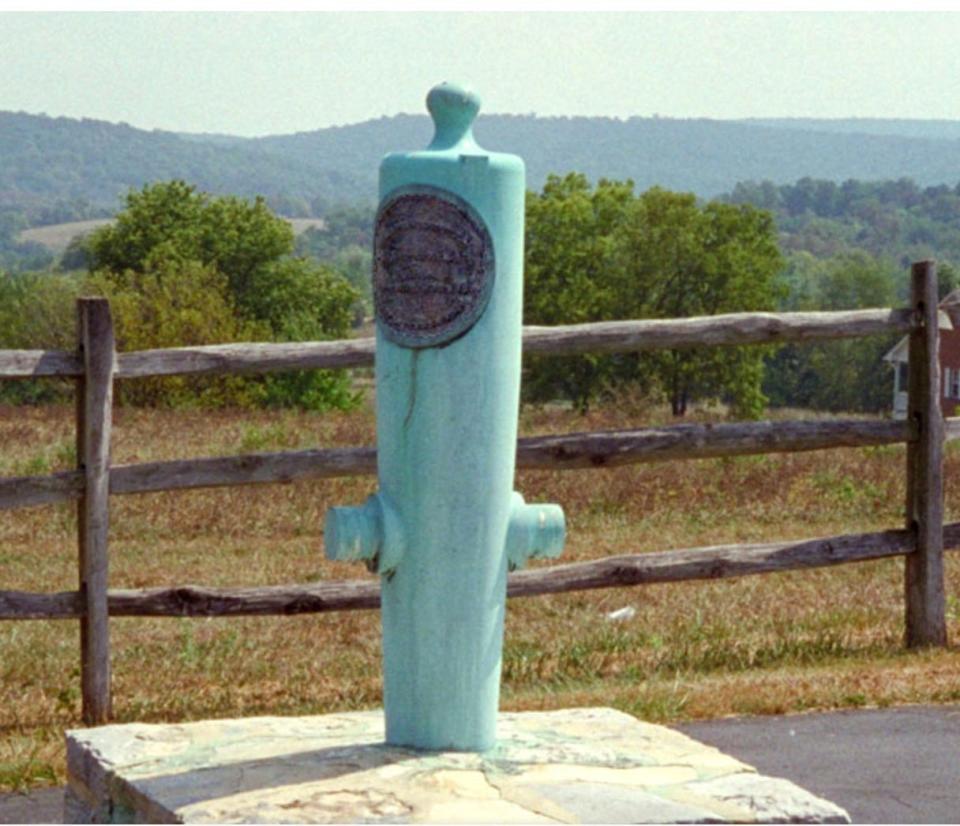
Coming home for the last time
From Oct. 2 through Oct. 6, 1862, this paper provided continuous coverage of Rodman’s death, the shipment of his body back to Rhode Island and the subsequent memorial and funeral services.
The governor ordered that Rodman should lie in state from 8 a.m. to noon on Saturday, Oct. 4, at the State House (then occupying the block between North Main Street and Benefit Street in Providence).
The remains rested under a canopy in the chamber of the House of Representatives, under a marquee formed of black and white drapery with the inscription “Our country mourns his loss.”
“Upon the casket, were the sword and belt of the deceased, and wreaths of evergreens and flowers.”
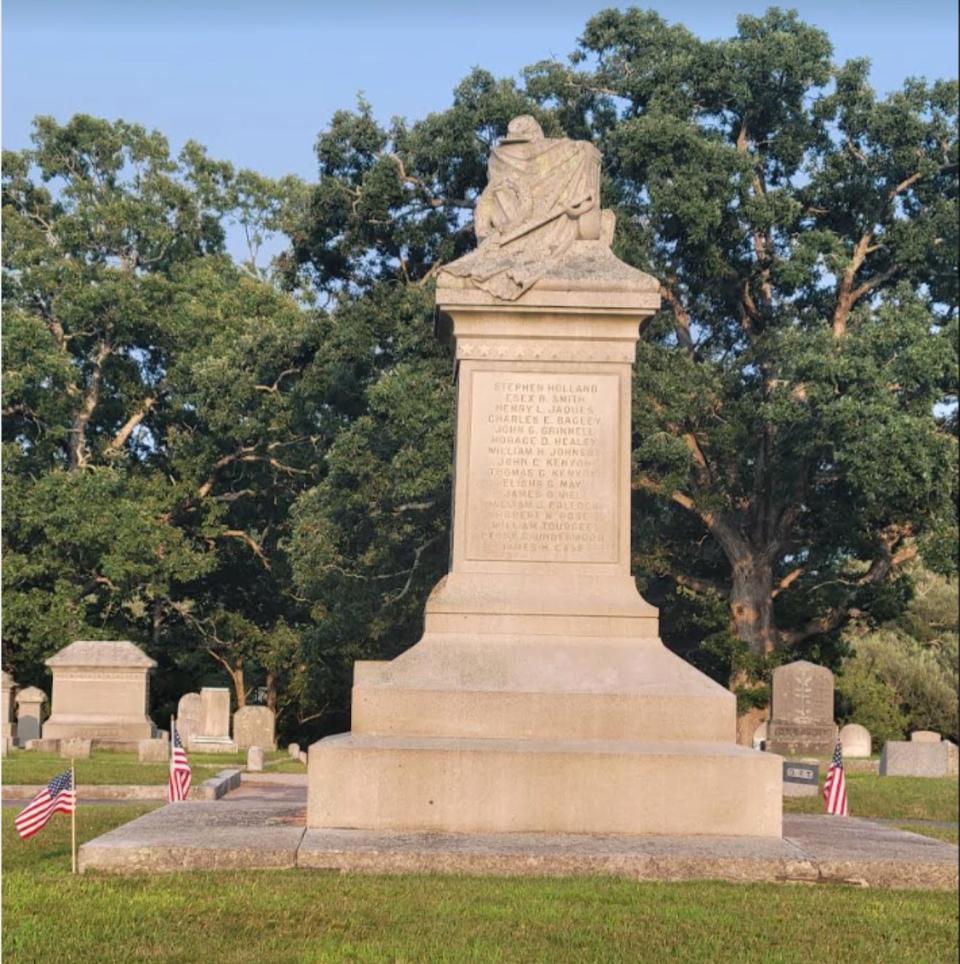
Several thousand people filed through to pay their respects. This was the first time the State House had ever been used for such a memorial service.
Sprague gave one of several eulogies: “I knew General Rodman well, a private citizen unaccustomed to military life. He took it up because his country called for the services of her sons. He was successively called to fill higher positions, and was always found to be the right man in the right place whether at the head of his company, his regiment or his brigade.”
A lengthy funeral procession through downtown followed, ending at the railroad station, where an honor guard put Rodman’s remains on a train to South Kingstown. His funeral was held at 11 a.m. the following morning. More than 2,000 people paid their respects. The body was interred in the family plot on his father’s farm.
An obelisk now marks Rodman’s grave, which is about 1.5 miles from the Soldiers and Sailors Monument.
Calendar
Wednesday, Aug. 30; 11 a.m.-12:30 p.m. Veterans Coffee Social at the Warwick Public Library. Organizer is Timothy Ruel from Operation Stand Down RI. Questions? Email truel@osdri.org
Friday-Sunday, Sept. 8 -10; Rocky Point Park in Warwick; Traveling Vietnam Wall. The American Veteran Traveling Tribute Memorial will be free to visit 24 hours a day until 5 p.m. on Sept. 10. At 2:09 each afternoon the names of the 209 Rhode Island service members lost in the Vietnam conflict will be read. Gaspee Days Committee, the City of Warwick, Operation Stand Down Rhode Island (OSDRI), and RI 250 are hosting the event. To make a donation or to learn more about sponsorship opportunities, visit the events page of Operation Stand Down Rhode Island at www.OSDRI.org.
Thursday, September 14, 4:30 p.m. - 7 p.m.; Learn to Surf Cast for Free. At Scarborough Beach, Providence Vet Center is teaming up with the Narragansett Surf Casters and Rhode Island Department of Environmental Management to offer a class to 15 Service Members/Veterans. All the equipment you need to learn to catch fish from shore, along with instruction, will be provided by members of Narragansett Surf Casters. Food and refreshments provided as well. Please sign up with Justyn Charon by phone at (401) 739-0167 or via email at Justyn.Charon@va.gov.
To report the outcome of a previous activity, or to add a future event to our calendar, please email the details (including a contact name and phone number/email address) to veteranscolumn@providencejournal.com
This article originally appeared on The Providence Journal: Remembering RI general's sacrifice during Battle of Antietam

